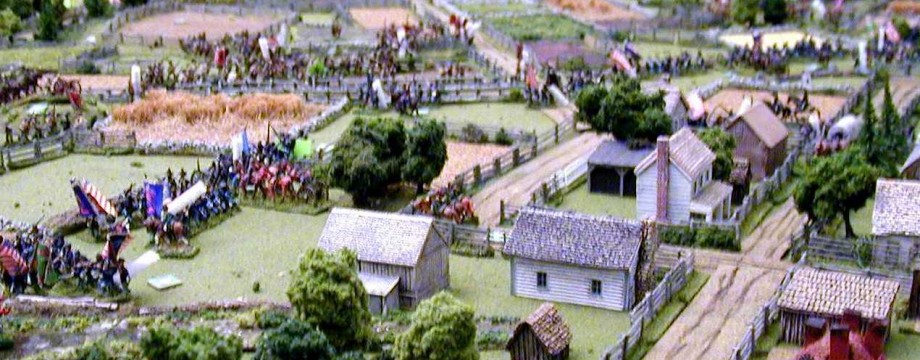The Civil War was truly a war of brother against brother, family against family, and neighbor against neighbor. Such was the case here in York County, Pennsylvania, where a number of local men served in the Southern forces, particularly in Maryland units. One brevet major general in the Confederate States army hailed from this area. Johnson Kelly Duncan was born and raised in rural Chanceford Township in southeastern York County, which borders the Susquehanna River.
 Duncan was born March 19, 1827. He was appointed to the United States Military Academy on July 1, 1845, and graduated from West Point in June 1849. A good student, he ranked 5th in a class of 43 cadets. With his high academic standing, he was breveted as a second lieutenant and assigned to the Second U.S. Artillery in July of that year. Not long afterwards, on October 31, he was given the full rank of second lieutenant and reassigned to the Third Artillery. He saw his first combat action serving in the Florida hostilities against the Seminole Indians.
Duncan was born March 19, 1827. He was appointed to the United States Military Academy on July 1, 1845, and graduated from West Point in June 1849. A good student, he ranked 5th in a class of 43 cadets. With his high academic standing, he was breveted as a second lieutenant and assigned to the Second U.S. Artillery in July of that year. Not long afterwards, on October 31, he was given the full rank of second lieutenant and reassigned to the Third Artillery. He saw his first combat action serving in the Florida hostilities against the Seminole Indians.
From 1850 until 1853, he was attached to Forts Sullivan and Preble in Maine, primarily serving on garrison duty. Promotion came relatively slowly in the antebellum army, and officers often resigned to take up civilian pursuits. Duncan Johnson was no exception. On Christmas Eve in 1853, his promotion to first lieutenant came through, but he was frustrated with army life. He was the assistant on the Northern Pacific railroad exploration until December 1854. He tendered his resignation from the U.S. Army on January 31, 1855, and entered private life in Louisiana.
Duncan became the Superintendent of Construction and Repairs in New Orleans, in charge of the branch mint, marine hospital, quarantine warehouse, and the Pas a l’Outre boarding station. Duncan, in collaboration with P.G.T. Beauregard, completed the work on the New Orleans Branch Mint in early 1859. From then until 1860, he was professionally occupied as civil engineer, surveyor, and architect in New Orleans, becoming also, in 1860, Chief Engineer of the Board of Public Works of the state of Louisiana.
When the Southern states began seceding from the Union, Duncan reentered military service, this time as an enemy of the United States Army. He enlisted in the CSA forces as a colonel and rose in rank and status rather quickly. Promoted to brigadier general of Louisiana troops on January 7, 1862, he was assigned to command the defenses of New Orleans and the Lower Mississippi, and he quickly became widely known as one of the finest artillerists in that region. He commanded Forts Jackson and St. Philip at the time of their capture by Admiral David S. Farragut, on April 25, 1862, and became a prisoner of war. After being exchanged, Brigadier General Duncan was assigned to the staff of Braxton Bragg, becoming Chief of Staff.
Johnson K. Duncan contracted a malarial fever and died far from his native York County in December 18, 1862, at Knoxville, Tennessee at the age of only 36. He was buried in the McGavock Confederate Cemetery on the Carnton Plantation in Franklin, Tennessee. That cemetery is the largest private Confederate cemetery in the country, with over 1,500 graves.

